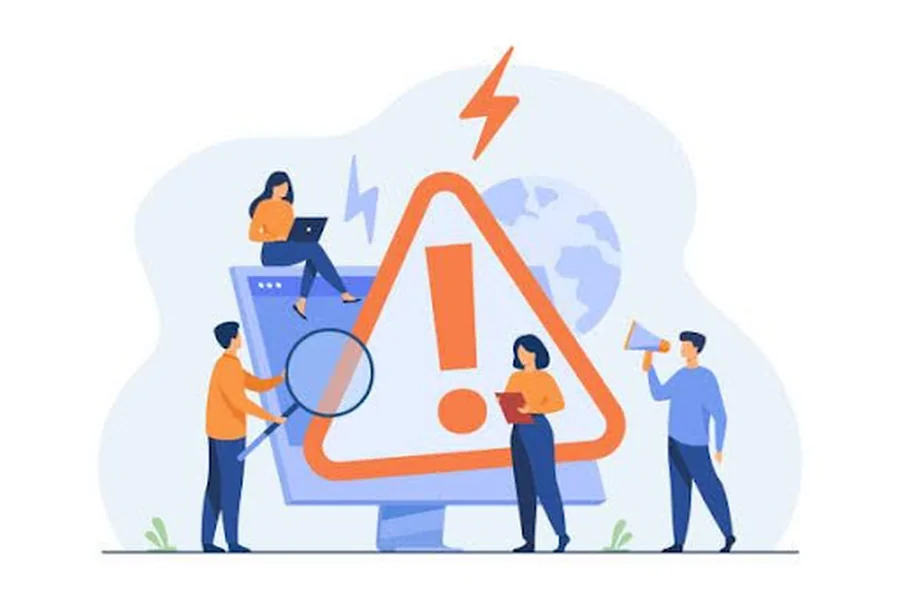Understanding Adverse News Screening
Adverse news screening is a vital process in risk management and regulatory compliance. It involves identifying negative or potentially damaging information about individuals or entities from publicly available sources. These sources can include online news articles, blogs, regulatory websites, and court records. The goal is to uncover early signs of fraud, financial misconduct, or reputational risks before engaging in any business relationship. Companies today, especially in sectors like banking, real estate, and legal services, use negative news screening to strengthen due diligence and avoid regulatory penalties.
The Growing Importance of Adverse Media Screening
In today’s highly connected and digital world, reputational damage can spread quickly. That’s why adverse media screening has become essential for organizations committed to maintaining integrity and transparency. Unlike traditional checks that rely on official databases and watchlists, adverse media screening scans a wide range of digital sources to uncover negative news that may not be included in those lists. For instance, a company might not be on a sanctions list, but recent online articles could reveal ongoing investigations related to fraud or environmental violations. Identifying such risks early helps prevent business losses and protects the organization’s reputation.
Role of Adverse Media Screening Services
With the sheer volume of content published online every day, manual screening is no longer practical. That’s where adverse media screening services come in. These services rely on automation and artificial intelligence to analyze vast amounts of data in real time. They filter out irrelevant information and highlight high-risk matches, making it easier for compliance teams to act quickly and decisively. This is particularly useful for financial institutions that must meet anti-money laundering (AML) and know your customer (KYC) obligations. By using automated tools, these institutions can streamline their compliance processes without sacrificing accuracy or efficiency.
Choosing the Right Screening Software for Your Business
Organizations looking to strengthen their compliance strategy must invest in the right adverse media screening software. The best tools provide wide content coverage, real-time alerts, multi-language support, and customizable risk scoring. This allows businesses to adjust the sensitivity of their screenings based on industry or region. For example, a global investment firm might use more aggressive screening criteria compared to a regional law office. Using robust software also enables easier integration with existing systems, making the entire process more seamless and consistent.
Adverse Media Monitoring in Human Resources and Beyond
Adverse media monitoring isn’t just for banks and financial institutions. Human resource departments are increasingly using it as part of the employee background check process. This trend reflects the rising concern over workplace culture, ethics, and potential liabilities. Screening prospective employees for involvement in harassment, lawsuits, or ethical misconduct—especially when such cases are not reflected in criminal records—adds an extra layer of precaution. For example, an executive hire may appear clean on official records, but news stories from a previous role might indicate a history of poor judgment or misconduct. Adverse news screening allows HR teams to make more informed hiring decisions.
Challenges Associated with Adverse News Screening
Despite its many advantages, adverse media screening comes with some challenges. One common issue is the risk of false positives. Individuals with common names might be mistakenly associated with negative news that doesn’t involve them. Another issue is outdated or irrelevant information, which can clutter reports and distract from genuine risks. Privacy regulations, such as the GDPR and the CCPA, also require organizations to be cautious about how they collect and use personal data. However, the use of advanced adverse media screening services helps mitigate these risks by incorporating smarter filtering, natural language processing, and transparency features that ensure legal and ethical compliance.
A Forward-Looking Approach to Compliance
As regulations become more complex and public scrutiny intensifies, adverse news screening is no longer optional. It has become a necessary tool for proactive risk management. Beyond fulfilling compliance requirements, it supports informed decision-making across departments and industries. Companies that invest in reliable adverse media screening services and software gain a strategic advantage. They not only avoid potential threats but also build a culture of trust, transparency, and accountability.
Conclusion
Adverse news screening is transforming how organizations manage risk in an increasingly digital world. It goes far beyond a basic employee background check or regulatory requirement. It’s a comprehensive, real-time solution that helps businesses stay ahead of hidden threats. From finance to hiring, and from legal compliance to reputation management, the use of adverse media monitoring and advanced screening software empowers companies to operate more safely and responsibly. With the right tools in place, adverse media screening is not just about staying compliant—it’s about staying prepared.



